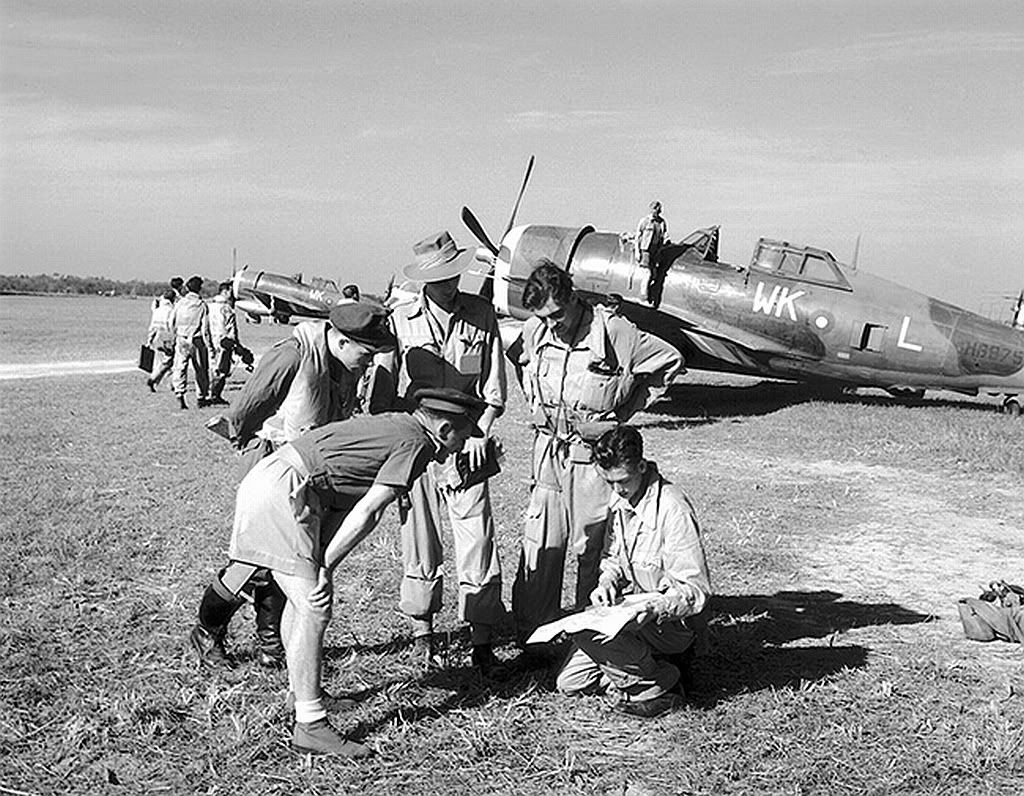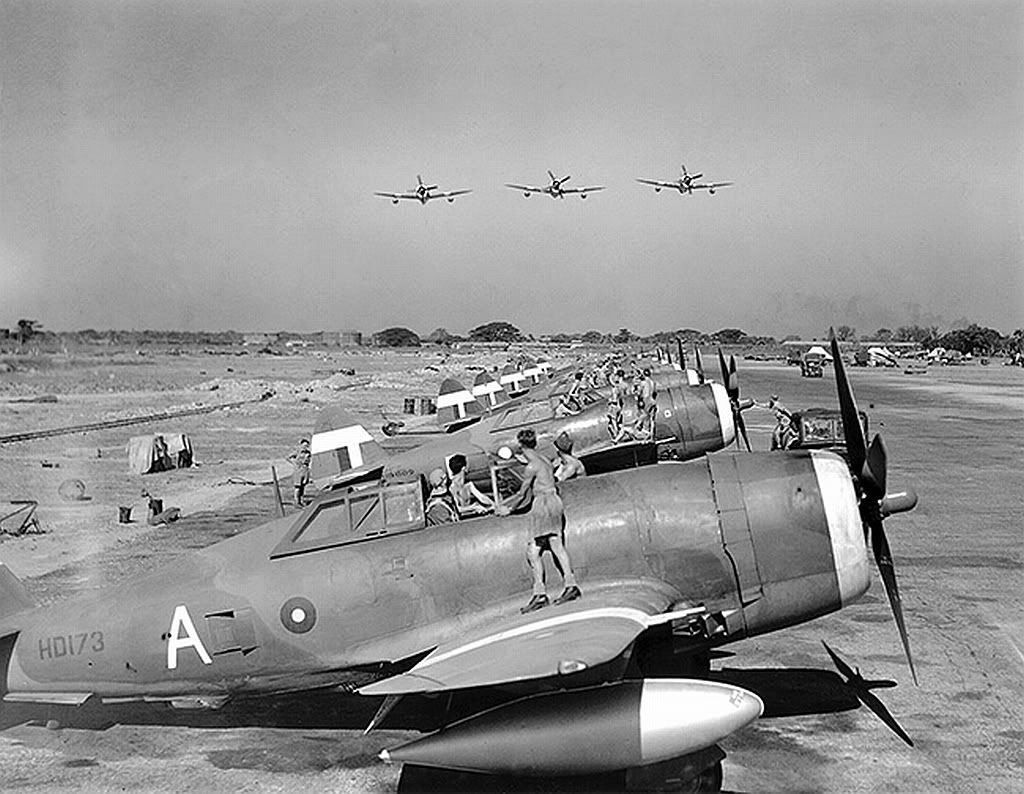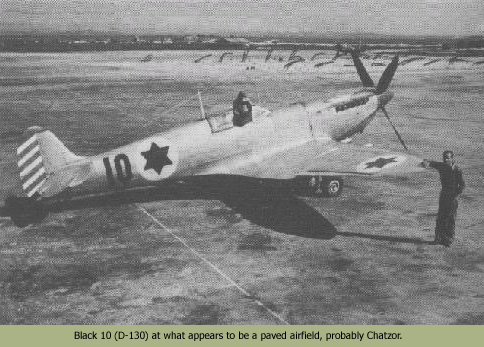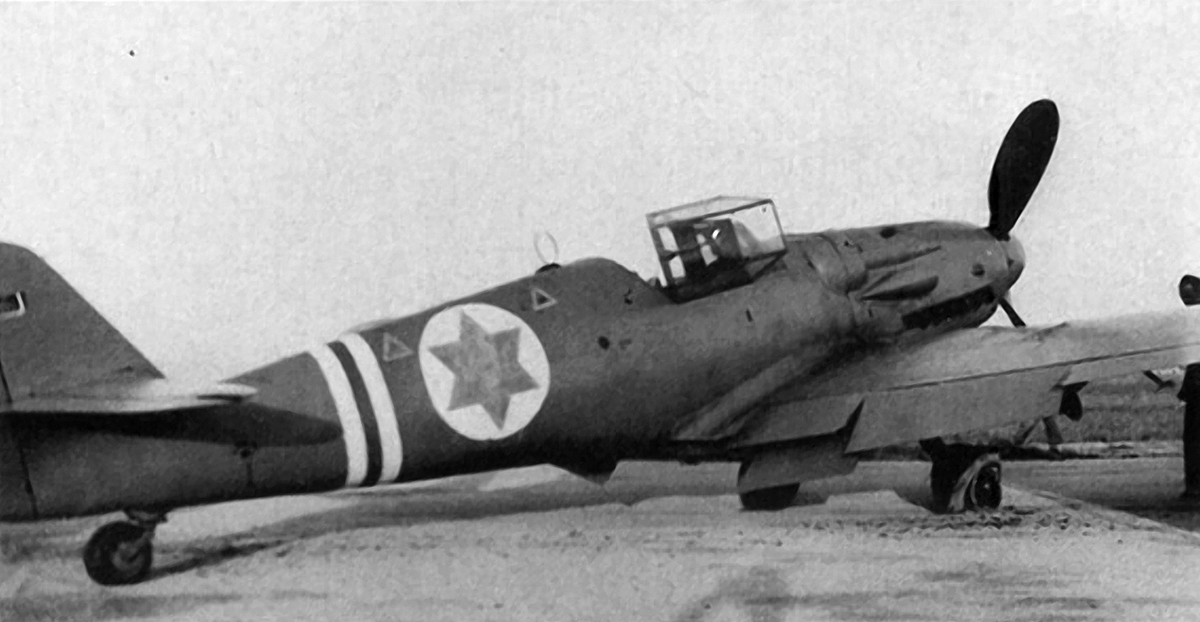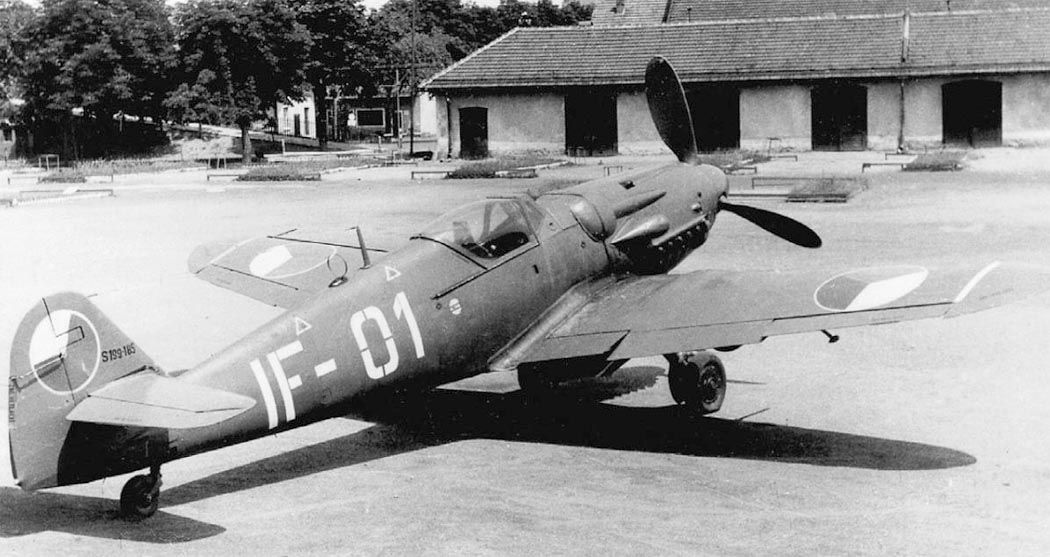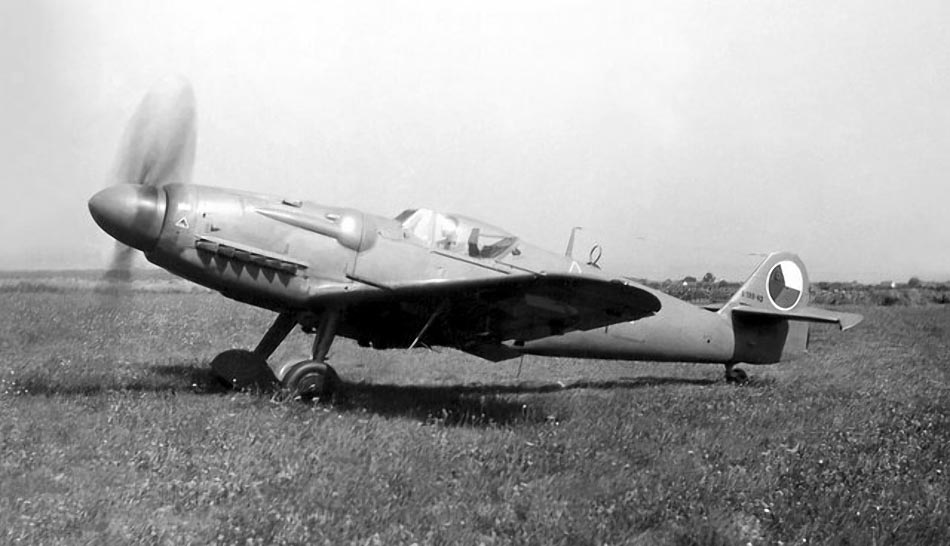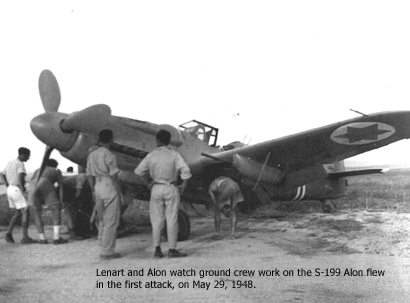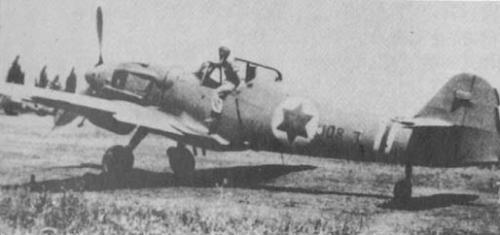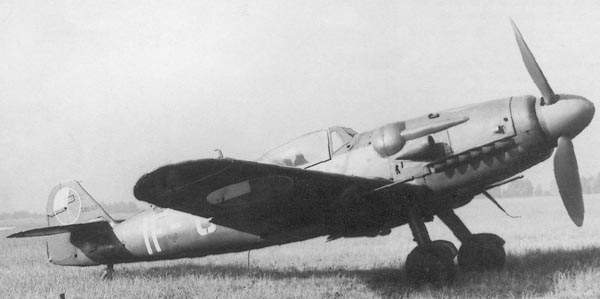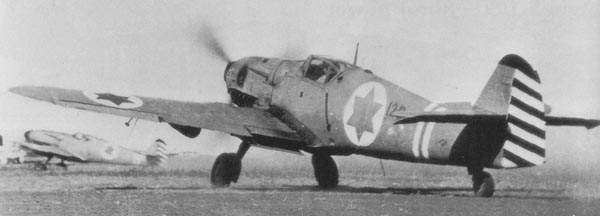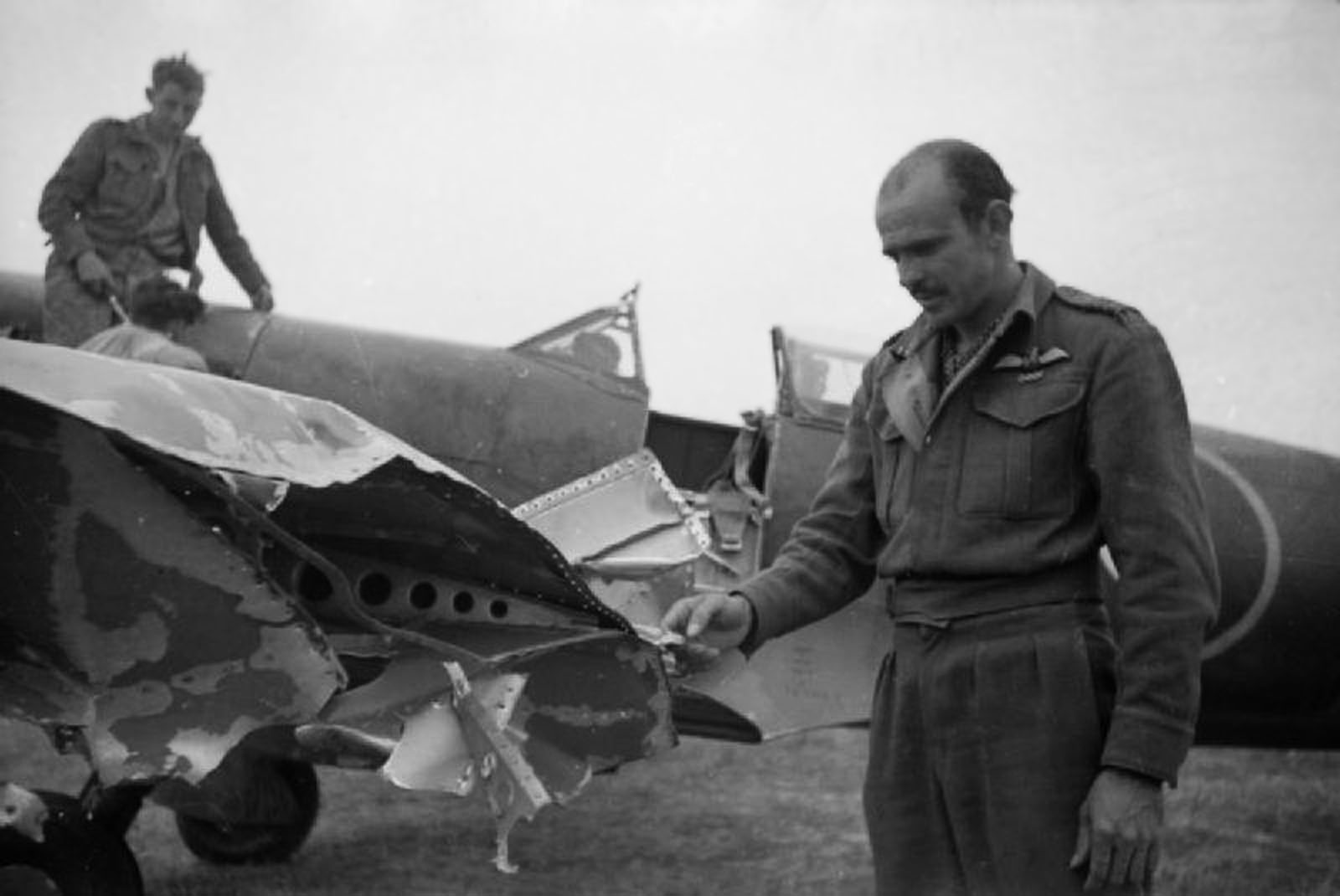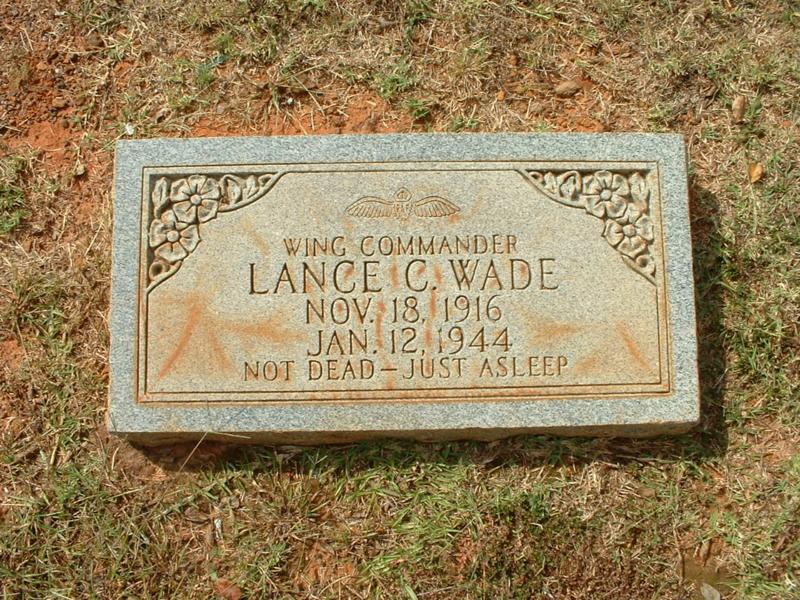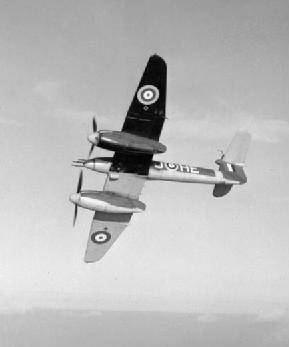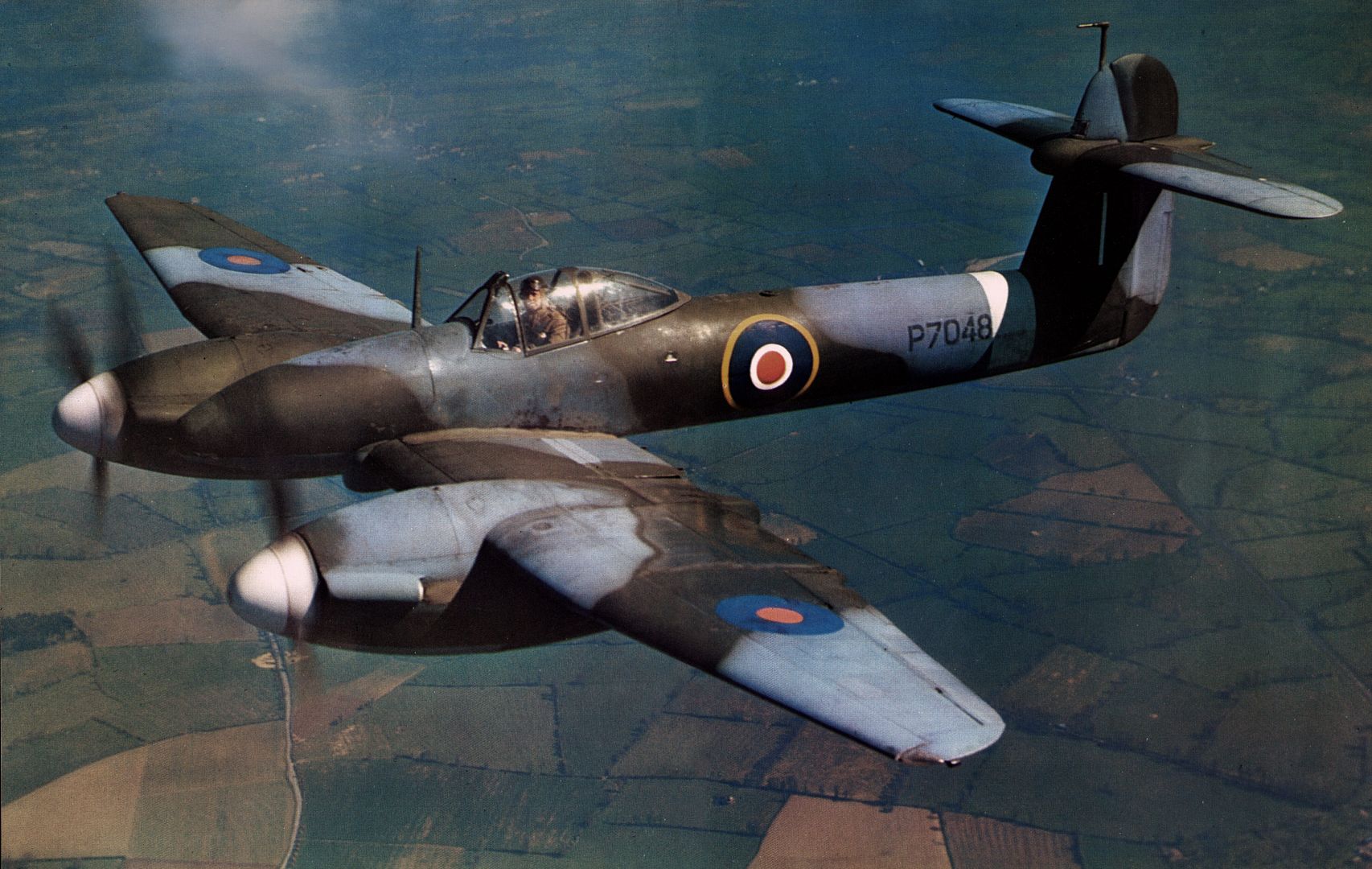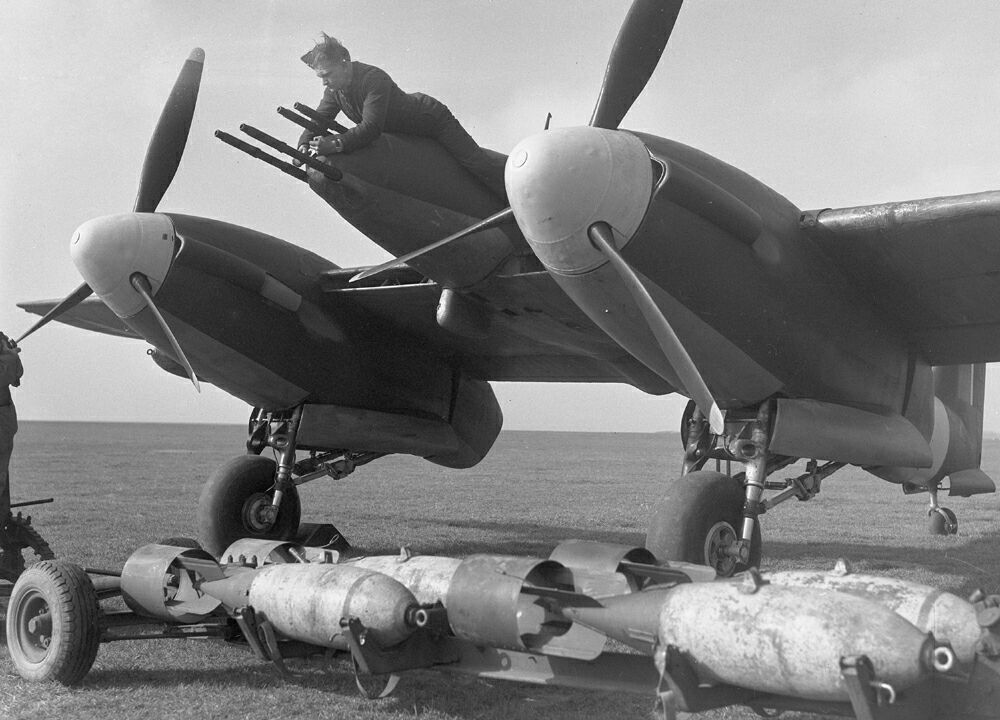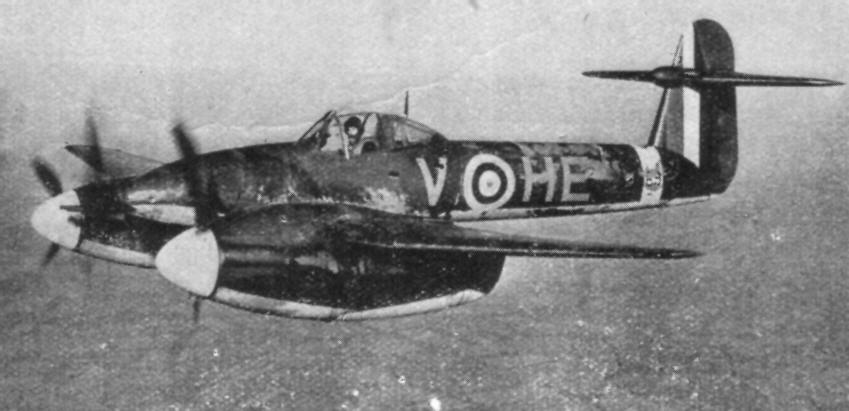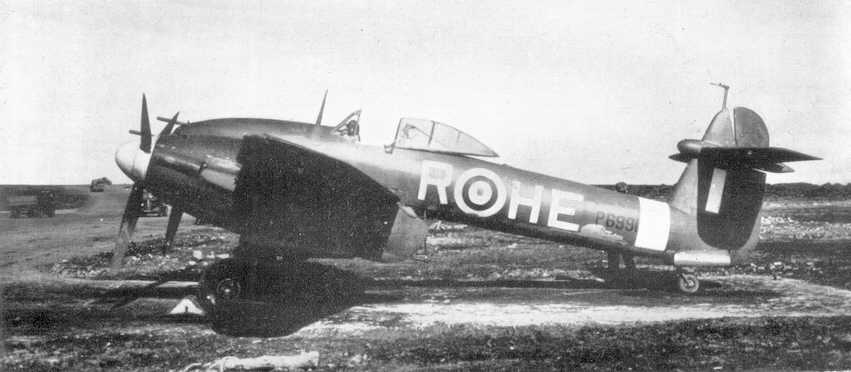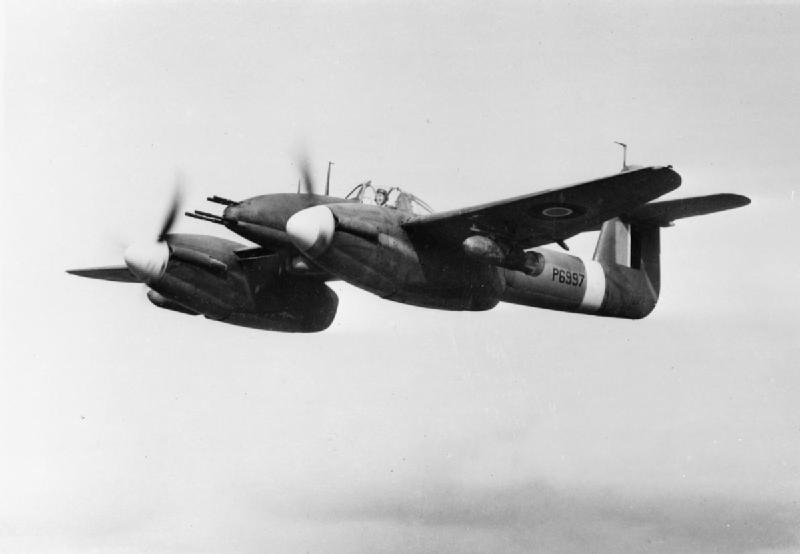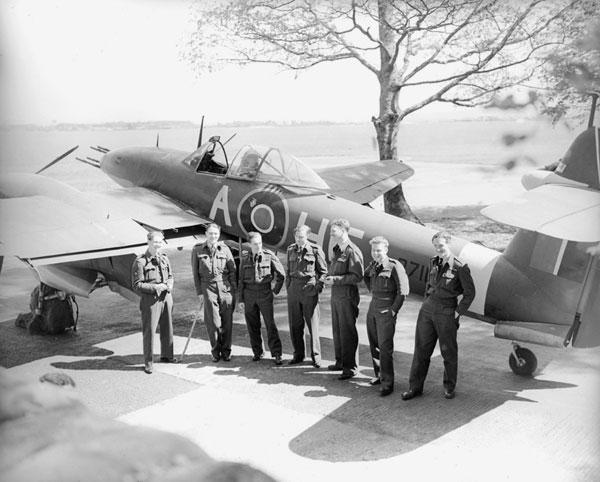Tuesday, 15 April 2014
Saturday, 12 April 2014
Lance Wade - American Spitfire Ace
Lance Wade was born in Broaddus, Texas in 1915. He was actually named L.C. by his parents Bill and Susan. During his youth he worked in the family farm and in 1934, aged 19, Wade joined the Civilian Conservation Corps in Arizona, a product of the New Deal which offered jobs for young men.
In the following years Wade made good use of its salary getting a pilot's license and building up some 80 flying hours. He tried to enlist in the US Army Air Corp, but he was rejected due to his lack of college education. He therefore travelled to Canada, where the RAF was actively recruiting American pilots and the only educationl requirement was a high school diploma
Submitting his application, he was asked to give a name rather than initials; to satisfy regulations, he called himself Lance Cleo Wade.
Prior to America's entry into the war, more than 200 men joined the RCAF and RAF fighter units. The majority of them served with the Eagle squadrons - Nos. 71, 121 and 133. Wade, however, didn't serve in any of the them but was instead enlisted in regular RAF units.
After completing his training, Wade was sent to No. 52 Operational Training Unit. He then boarded HMS Ark Royal in September 1941, delivering Hurricane Mk Is to the beleaguered island of Malta. Instead of staying on the island, Wade was flown by a flying boat to North Africa, where he joined No. 33 Squadron. The American pilot went into action almost immediately, as his unit was deeply involved in the air war over the desert. The squadron was flying Hurricanes Mk I and IIs, which were outclassed by the Bf 109 flown by the Luftwaffe. Nevertheless, Wade proved its qualities as a fighter pilot, opening his account on November 18 with two C.R. 42s in an attack to El Erg airfield.
Within a week, on November 24, Wade achieved ace status, having destroyed two S.79s and other two C.R. 42s.
On 5 December, No. 33 mounted a strafing attack on the enemy airfield of Agedabia. Wade destroyed a S.79 on the ground, but the Italian bomber exploded and heavily damaged Wade's Hurricane. After struggling to keep his fighter in the air, the American pilot had to land in the desert. One of his squadron mates, H.P. Wooler, landed his fighter in the desert in an attempt to rescue him. Wooler's Hurricane, however, was damaged during the landing, thus leaving both pilots stranded in the desert.
Luckily , they were spotted by a rescue plane, which air dropped supplies for them, and reached the British lines after a long march.
Back into action, Wade continued to fight until his first combat tour ended in September 1942. Despite flying outclassed Hurricanes, the American pilot managed to score steadily, reaching 15 kills with a Ju-87 on 11 September. Five days later, his figher was damaged in a dogfight with an Italian C.202, in Wade's last engagement of his combat tour.
The desert ace was sent home for rest and promotional duties. His exploits had been widely covered in the newspapers: the American medias were eager to celebrate the first American ace fighting the Germans, and Wade was given a hero's welcome, as well as holding a press conference at the Rockefeller Center and being on The New York Times on the October 14th, 1942 edition.
The media attention and propaganda duties were followed by a few months of well deserved rest back home, in Texas. Then, in January 1943, Wade returned to North Africa to take command of No. 145 Sqn. The unit was equipped with the Spitfire Mk V. In March the squadron converted onto the Mk IX, and then in June onto the Spitfire MK VIII.
By that time, the Axis forces had been forced to retreat to Tunisia, were the terrain favoured the defenders; they were however, outnumbered by British and American forces. For the first time the Germans were realizing of great was the industrial and numerical power of the US forces.
Also in the air the Luftwaffe could do very little to counter the Allies; few fighters were available, thus giving Allied fighter pilots less chances to engage the enemy in combat. Most of the time the Spitfires were flying low level, supporting Montgomery forces, strafing enemy columns and airfields.
On 25 february the German artillery shelled Castel Benito, where No. 145 Sqn was stationed. All available aicraft were hurriedly scrambled. Wade's Mk Vb had its starboard wing damaged, but he nevertheless managed to escape the artillery fire and land at El Assa.
Wade, who was by then nicknamed "Wildcat", added three more claims flying the Spitfire in March and four in April. His last kill was a Bf 109G shot down on the 30th of April.
When the Axis finally surrendered in Tunisa, No. 145 Sqn provided air cover for Operation Husky, the invasion of Sicily. Wade's second tour was however coming to its end, scoring a final kill on November 3, 1943, when he downed an Fw 190 of II./SG 4.
Wade was promoted to Wing Commaner and given a staff position. On 12 January 1944, he decided to pay a visit to his old unit, stationed at Amendola, near Foggia. After meeting his fellow comrades, Wade took off again in a Spitfire Mk V, a utility aircraft, and performed a series of slow rolls over the airfield. He doing so he lost control, crashing on his left wing and being instantly killed.
A detailed account of the accident, from the words of witness pilot Paul Carl, 64th FS, can be found in Andrew Thomas' "American Spitfire Aces World War 2".
Strangely, a lot of web sources state Wade was flying an Auster, despite the fact the Thomas is providing a witness to his research.
Wade's score varies between 22 and 25 confirmed kills, according to different sources. He is the highest scoring American ace to serve in a foreign air force. He never transferred to the USAAF but flew his entire career in the RAF. For this reason, he received the publicity and attention he deserved from its countrie's historians.
After completing his training, Wade was sent to No. 52 Operational Training Unit. He then boarded HMS Ark Royal in September 1941, delivering Hurricane Mk Is to the beleaguered island of Malta. Instead of staying on the island, Wade was flown by a flying boat to North Africa, where he joined No. 33 Squadron. The American pilot went into action almost immediately, as his unit was deeply involved in the air war over the desert. The squadron was flying Hurricanes Mk I and IIs, which were outclassed by the Bf 109 flown by the Luftwaffe. Nevertheless, Wade proved its qualities as a fighter pilot, opening his account on November 18 with two C.R. 42s in an attack to El Erg airfield.
Within a week, on November 24, Wade achieved ace status, having destroyed two S.79s and other two C.R. 42s.
On 5 December, No. 33 mounted a strafing attack on the enemy airfield of Agedabia. Wade destroyed a S.79 on the ground, but the Italian bomber exploded and heavily damaged Wade's Hurricane. After struggling to keep his fighter in the air, the American pilot had to land in the desert. One of his squadron mates, H.P. Wooler, landed his fighter in the desert in an attempt to rescue him. Wooler's Hurricane, however, was damaged during the landing, thus leaving both pilots stranded in the desert.
Luckily , they were spotted by a rescue plane, which air dropped supplies for them, and reached the British lines after a long march.
Back into action, Wade continued to fight until his first combat tour ended in September 1942. Despite flying outclassed Hurricanes, the American pilot managed to score steadily, reaching 15 kills with a Ju-87 on 11 September. Five days later, his figher was damaged in a dogfight with an Italian C.202, in Wade's last engagement of his combat tour.
The desert ace was sent home for rest and promotional duties. His exploits had been widely covered in the newspapers: the American medias were eager to celebrate the first American ace fighting the Germans, and Wade was given a hero's welcome, as well as holding a press conference at the Rockefeller Center and being on The New York Times on the October 14th, 1942 edition.
The media attention and propaganda duties were followed by a few months of well deserved rest back home, in Texas. Then, in January 1943, Wade returned to North Africa to take command of No. 145 Sqn. The unit was equipped with the Spitfire Mk V. In March the squadron converted onto the Mk IX, and then in June onto the Spitfire MK VIII.
By that time, the Axis forces had been forced to retreat to Tunisia, were the terrain favoured the defenders; they were however, outnumbered by British and American forces. For the first time the Germans were realizing of great was the industrial and numerical power of the US forces.
Also in the air the Luftwaffe could do very little to counter the Allies; few fighters were available, thus giving Allied fighter pilots less chances to engage the enemy in combat. Most of the time the Spitfires were flying low level, supporting Montgomery forces, strafing enemy columns and airfields.
On 25 february the German artillery shelled Castel Benito, where No. 145 Sqn was stationed. All available aicraft were hurriedly scrambled. Wade's Mk Vb had its starboard wing damaged, but he nevertheless managed to escape the artillery fire and land at El Assa.
Wade, who was by then nicknamed "Wildcat", added three more claims flying the Spitfire in March and four in April. His last kill was a Bf 109G shot down on the 30th of April.
When the Axis finally surrendered in Tunisa, No. 145 Sqn provided air cover for Operation Husky, the invasion of Sicily. Wade's second tour was however coming to its end, scoring a final kill on November 3, 1943, when he downed an Fw 190 of II./SG 4.
Wade was promoted to Wing Commaner and given a staff position. On 12 January 1944, he decided to pay a visit to his old unit, stationed at Amendola, near Foggia. After meeting his fellow comrades, Wade took off again in a Spitfire Mk V, a utility aircraft, and performed a series of slow rolls over the airfield. He doing so he lost control, crashing on his left wing and being instantly killed.
A detailed account of the accident, from the words of witness pilot Paul Carl, 64th FS, can be found in Andrew Thomas' "American Spitfire Aces World War 2".
Strangely, a lot of web sources state Wade was flying an Auster, despite the fact the Thomas is providing a witness to his research.
Wade's score varies between 22 and 25 confirmed kills, according to different sources. He is the highest scoring American ace to serve in a foreign air force. He never transferred to the USAAF but flew his entire career in the RAF. For this reason, he received the publicity and attention he deserved from its countrie's historians.
Labels:
spitfire
Monday, 7 April 2014
Subscribe to:
Posts (Atom)



